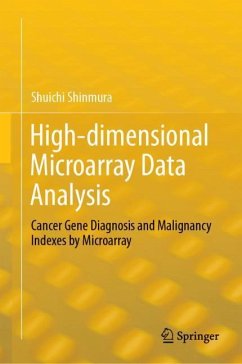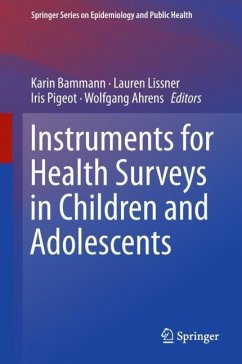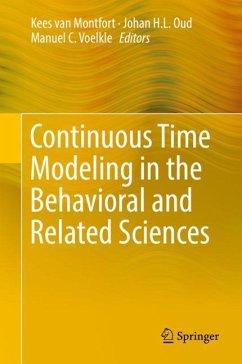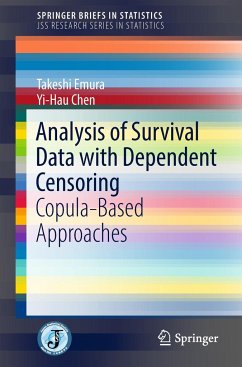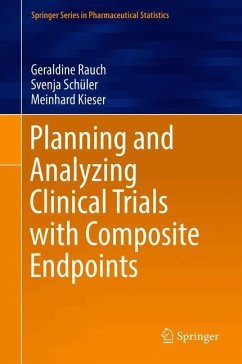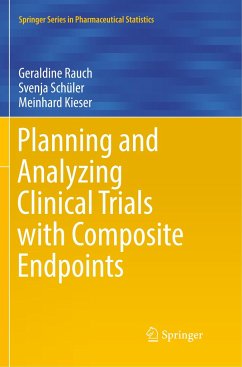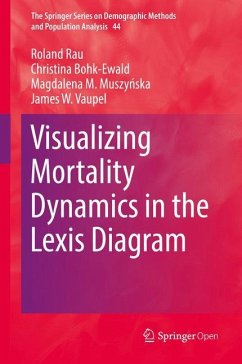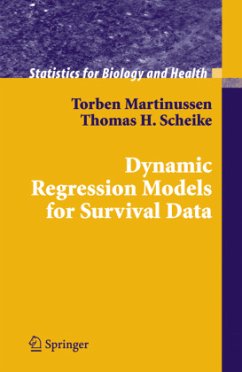
Survival Analysis with Correlated Endpoints
Joint Frailty-Copula Models

PAYBACK Punkte
23 °P sammeln!
This book introduces readers to advanced statistical methods for analyzing survival data involving correlated endpoints. In particular, it describes statistical methods for applying Cox regression to two correlated endpoints by accounting for dependence between the endpoints with the aid of copulas. The practical advantages of employing copula-based models in medical research are explained on the basis of case studies.In addition, the book focuses on clustered survival data, especially data arising from meta-analysis and multicenter analysis. Consequently, the statistical approaches presented ...
This book introduces readers to advanced statistical methods for analyzing survival data involving correlated endpoints. In particular, it describes statistical methods for applying Cox regression to two correlated endpoints by accounting for dependence between the endpoints with the aid of copulas. The practical advantages of employing copula-based models in medical research are explained on the basis of case studies.
In addition, the book focuses on clustered survival data, especially data arising from meta-analysis and multicenter analysis. Consequently, the statistical approaches presented here employ a frailty term for heterogeneity modeling. This brings the joint frailty-copula model, which incorporates a frailty term and a copula, into a statistical model. The book also discusses advanced techniques for dealing with high-dimensional gene expressions and developing personalized dynamic prediction tools under the joint frailty-copula model.
To help readers apply the statistical methods to real-world data, the book provides case studies using the authors' original R software package (freely available in CRAN). The emphasis is on clinical survival data, involving time-to-tumor progression and overall survival, collected on cancer patients. Hence, the book offers an essential reference guide for medical statisticians and provides researchers with advanced, innovative statistical tools. The book also provides a concise introduction to basic multivariate survival models.
In addition, the book focuses on clustered survival data, especially data arising from meta-analysis and multicenter analysis. Consequently, the statistical approaches presented here employ a frailty term for heterogeneity modeling. This brings the joint frailty-copula model, which incorporates a frailty term and a copula, into a statistical model. The book also discusses advanced techniques for dealing with high-dimensional gene expressions and developing personalized dynamic prediction tools under the joint frailty-copula model.
To help readers apply the statistical methods to real-world data, the book provides case studies using the authors' original R software package (freely available in CRAN). The emphasis is on clinical survival data, involving time-to-tumor progression and overall survival, collected on cancer patients. Hence, the book offers an essential reference guide for medical statisticians and provides researchers with advanced, innovative statistical tools. The book also provides a concise introduction to basic multivariate survival models.






